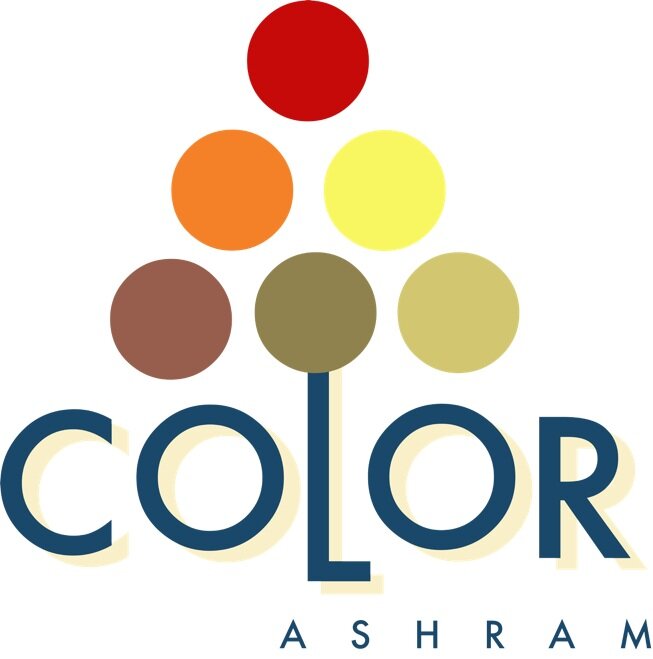Wood Painting with Natural Dyes: A Sustainable and Aesthetic Artform
Wood, a natural resource cherished for its durability and versatility, becomes an exquisite canvas for artistic expression when adorned with vibrant hues of natural dyes. This blog explores the rationale behind using natural colors for wood painting, emphasizing its sustainability, aesthetic appeal, and historical significance. We also delve into the use of natural dyes on wood in various countries, including the rich traditions of Sri Lanka.
Sustainable Practices:
Using natural dyes on wood aligns with sustainable practices. Natural dyes are biodegradable and do not release harmful toxins into the environment, ensuring a healthier ecosystem. Moreover, embracing natural dyes supports the conservation of traditional dyeing techniques and cultural knowledge, benefiting local communities and preserving their heritage.
Embracing Nature's Palette:
Opting for natural dyes to paint wood is a logical and sustainable choice. Derived from plant sources like roots, leaves, bark, and flowers, natural dyes provide a diverse range of colors without the need for synthetic chemicals. This approach celebrates the beauty and abundance of nature while minimizing the environmental impact associated with synthetic alternatives.
Aesthetic Appeal:
Wood painting with natural dyes offers a visually captivating and unique aesthetic. The organic colors derived from plants establish a harmonious connection between the wood and its surroundings. Natural dyes enhance the wood's inherent beauty by accentuating its natural grain and texture, resulting in a rich and nuanced visual experience.
Artwork by Sudeep, Bangalore-based artist, teacher at our workshop.
Historical Significance and Cultural Expressions:
Wood painting with natural dyes holds significant historical value across diverse cultures, reflecting the profound interplay between art, nature, and sustainability.
In Sri Lanka, this tradition dates back centuries. Skilled craftsmen expertly extract dyes from plants like jackfruit, lac, and indigo to embellish wooden surfaces with intricate designs and motifs. These wooden artifacts, including masks, furniture, and decorative items, exemplify superb craftsmanship while carrying cultural and religious significance.
Beyond Sri Lanka, natural dyes have been used on wood throughout history. Ancient Egyptians employed plant-based dyes, such as henna and madder, to adorn wooden coffins and furniture. In Japan, the shou sugi ban technique involved charring the wood and then finishing it with natural dyes like iron oxide and indigo, resulting in a striking blackened appearance.
The Timeless Appeal of Natural Dyes on Wood:
The enduring allure of natural dyes on wood stems from their ability to establish a profound connection between art, nature, and sustainable practices. By incorporating natural colors, wood painting showcases environmental respect, cultural heritage preservation, and aesthetic beauty. The result is lasting artwork that captivates the eye while embodying a sustainable and conscious approach to art.
Wood painting with natural dyes represents the perfect marriage of artistry, sustainability, and cultural heritage. By embracing the vivid palette provided by nature, we celebrate the beauty of the environment, uphold traditional techniques, and foster sustainable practices. From Sri Lanka to Egypt and beyond, natural dyes on wood have left an indelible mark on artistic traditions throughout history. As we continue this artistic journey, let us appreciate the timeless appeal of wood painting with natural dyes, ensuring a sustainable and aesthetically captivating future for generations to come.
References:
"The Traditional Wood Carving and Furniture Craftsmen of Sri Lanka" by F.H. De Vos



